Table of Contents
May your weight-loss journey be as dull as “control my portion” or “exercise daily”? We’ve got some juicy information for you to make with a twist! By integrating these 15 fruits good for weight loss, including apples and oranges, into your daily routine, you will continue to reap an array of benefits.
We’ll also explore 5 fruits to avoid for weight loss that you should be aware of. Keep reading to learn some tips for adding more fruit to your diet to get fit and trim!
Top 15 healthy fruits for weight loss
Fruit is an easy and sweet way to get essential nutrients without needing to prepare them or add sugar.
The USDA has set the bar for a healthy diet, and they suggest consuming up to one to two cups of fruit each day. The exact amount varies depending on factors like your age and gender (1, 2).
However, the amount of US adults who eat enough fruits is low. The CDC reported that only 12.3% of adults met the recommended amount of fruit in 2019 (3).
Similarly, most Westerners don’t eat enough whole fruits or dietary fiber. They only eat about half of the recommended amount (2).
For weight loss, the fruit has long been given a bad rap for its natural sugar content. The truth is that fiber and other nutrients (vitamins, minerals, and antioxidants) found in fruit can help slow down the sugar rush (4).
So even containing sugar, fruit often has a low glycemic index (GI) which can be good for your weight (2, 5).
Moreover, those nutrients in fruit can extend your sense of fullness and satisfaction.
Eating fruit also adds fiber volume to your upper (small) intestine. Fibers and their byproducts stimulate signals in the gastrointestinal tract that reach the brain’s regions regulating appetite. As a result, this can help reduce hunger, prolong the feeling of being full, and ultimately decrease your food intake (6).
Plus, vitamin C in most fruits has also been shown to help foster fat oxidation (7).
A review of 17 studies with 563,277 participants revealed that eating fruits can cause a modest reduction in body weight and waist circumference (8).
Other studies showed that eating more fruits can protect against weight gain and slim your BMI (9, 10).
Fruits packed with fiber, vitamin C, and other essential nourishment deserve a spot in your kitchen and on your plate. Let’s peel back the layers and discover the juicy details!

Berries
Bursting with vital vitamins, minerals, and antioxidants, berries are wholesome and refreshing choices.
If the sugar content is your concern, notice that berries (except for blueberries) contain no more than 5 grams of sugar and 57 kcal per 100 grams (2).
Their fiber contents are also high, ranging from 2.8–6.5 g, with considerable pectin amounts. Pectin is a soluble fiber that can help digestion and colon function as a prebiotic. It’s primarily found in the skins and cores of fruits, so don’t peel away the benefits (2, 11).
In a study of 100 different foods, cranberries, blueberries, and blackberries rank among the fruits with the highest antioxidant content.
Antioxidants from fruits and vegetables can help decrease inflammation, and diets high in fruits and vegetables are associated with a lower risk of developing chronic diseases such as cardiovascular disease (12, 13).
One example is one study showing eating berries can lower bad cholesterol (LDL) while raising good cholesterol (HDL), thus reducing the risk of cardiovascular disease risk factors, so enjoy them guilt-free (14)!
In a small study of 12 healthy women, the women ate less (691 calories compared to 824 calories) at dinner when they had eaten the berry instead of candy. So enjoying berries as a snack could be an easy way to manage weight (15).
Apples
One hundred grams of apples contain a mere 52 kcal with 10 grams of sugar and 2.4 grams of fiber. Thus, it has a low glycemic index (16).
These crunchy delights are good sources for slimming down antioxidants: quercetin, epicatechin, and cyanidin (17, 18).
In a study, after 8 and 12 weeks, the people who drank the apple polyphenol beverages had less fat in their belly region (19).
Another study found that eating three apples per usual diet helped people lose 0.9 kg after ten weeks (20).
To get the most benefits from apples, ensure you eat the skin. That’s where most healthy polyphenols are found (2, 21).
Oranges and tangerines
Oranges and tangerines are two different species of citrus fruits.
Both are yummy ways to fix your fiber and sugar without the guilt of high calories (22, 23). Their glycemic load is low, which means they won’t lead to sugar crashes (16).
Moreover, just 100 grams of these citrus fruits fuel up 30‒50% of your DV of vitamin C to power through your day (22, 23). They are also rich in β-carotene and flavonoids, so indulge in their fresh flavor and get fit and fabulous (17).
Passion fruits
Spark your energy levels with the tropical fibrous gem—passion fruit—an excellent source (33% DV per 100 grams) of vitamin C! With 37% DV of fiber in just 100 grams, this sweet and tangy fruit is a truly satisfying treat.
Passion fruit gets its name from the flower of the passion plant, which symbolizes passion. It has a tough outer rind—purple or yellow—with many tiny, edible, pulpy seeds inside (24).
One unique benefit of passion fruits is their piceatannol, which has been shown to have anti-obesity properties in animal studies.
However, in a small study, weight-controlling effects were found to have an impact only proven in overweight men, such as better insulin sensitivity, but not in overweight women or non-overweight persons. So larger-scale studies are needed to understand its effects fully (25).
Grapefruits
Stay on track with your healthy weight loss goals with grapefruits—100 grams provide only 7 grams of sugar and 30 kcal! They contain the lowest sugar content and calories on our list!
They also contain 37 g of vitamin C—41% of DV. (26)
Naringenin in grapefruits is a potential agent to reduce body fat and fat tissue inflammation in mice in high doses. While the doses used in animal studies may not be achievable in human trials, further investigation is needed to confirm the effects of naringin (27, 28).
Eating grapefruit can also be linked to having more good cholesterol (HDL), less body weight, and waist size. In a study that observed 12,789 people, eating grapefruit was shown to have these positive effects (29).
In another study on obese people, eating half of a fresh grapefruit before meals was linked with significant weight loss and improved insulin resistance (30).
Lemons and limes
While you may not munch on lemons or limes, these citruses are still among the best weight-loss fruits. Like other citruses, they provide a whopping 33–58% DV vitamin C (31, 32).
With only 30 kcal and 2 grams of sugar per 100 grams, lemons and limes could be an excellent swap for other sugary drinks (31, 32). Even though they are low in nutrients, their fiber contents (2.8 grams) are still comparable with some other fruits.
Plus, both contain citric acid, which can help stimulate the digestive system and promote healthy liver function.
It is crucial to keep yourself hydrated if you want to lose some weight. Drinking water was proven to boost metabolism and burn fat. Lemons and limes can add flavor to your water, making it less “boring” (33).
Remember that lemons and limes are acidic fruits, so consume them mindfully to protect your gastric health.
Avocados
Are you looking for a low-sugar option? Avocados fit the bill with 0.66 g of sugar per 100 grams!
This fruit is also a true nutrition powerhouse with 6.8 g of fiber (24% DV, including 2.4 grams of pectin) and monounsaturated fats (oleic acid in particular), which can effectively help reduce cholesterol levels (34).
Oleic acid can help you absorb essential fat-soluble vitamins (A, D, E, and K) from other foods (35). Avocados are also rich in all vitamin B, except vitamin B12 included in meat (34).
A study showed that people can eat one whole avocado daily while losing weight (at least 12 weeks). That’s why avocados have long been a common choice of many weight-loss diet plans (36).
Adding this creamy fruit to your diet can make you feel satisfied quickly and tame those cravings. They’re good for your waistline and give your brain a little extra boost (35).
Guavas
Guava is a tropical fruit that has been gaining popularity among health enthusiasts due to its impressive nutrient profile, low-calorie count, and potential weight-loss benefit.
Guava contains more fiber than any fruit with the same sugar content. Other “healthy,” “nutrient-rich” fruits just contain 2‒5 grams of fiber per 100 grams, while the amount is 5.4 grams for guavas (2).
What’s particularly compelling, the guava fruit contains four times more vitamin C than an orange. That’s an impressive 254% of your daily value in just 100 grams (37).
Not only does guava help you trim down, but it also brings an extra dose of goodness with lycopene. This antioxidant can ward off those cancer cells and keep you feeling your best (37, 38, 39).
Pomegranates
Pomegranates symbolize fertility in many societies.
Despite containing some natural sugars (13.67 grams), they are a fiber-packed gift from nature (4 grams), with an impressive 2 grams of pectin for every 100 grams (2).
Pomegranates are a great source of antioxidants, especially phenolic compounds, compared to other fruits (17).
The most potent antioxidant in pomegranates is punicalagin, found in their peel. These compounds have anti-inflammatory and anti-obesity properties, thus helping you on your weight-loss quests (40).
Pears
You’ll get a healthy dose of fiber (3.1 grams) and just 9.8 grams of natural sugars from each serving (100 grams) of this fruit, which contains only 57 kcal (41).
A small clinical trial found that eating three pears to their diet for ten weeks helped people lose 0.84 kg (20). Yet we need additional research to prove the effect.
Pears also contain antioxidants such as quercetin and catechins. These potent compounds bring some anti-inflammatory and anti-cancer benefits (18).
Kiwis
Kiwis have a fuzzy brown exterior, but the inside is a bright green or yellow with black seeds.
A serving of 100 grams of kiwis provides an abundant 3.1 grams of fiber (with 1.5 grams of pectin), a modest 9.8 grams of natural sugars, and only around 60 kcal, making it an excellent snack to satisfy your sweet tooth (2, 42, 43).
A curious fact is that both green and yellow provide a bountiful vitamin C boost, 103‒179% of your DV.
Traditional Chinese medicine has used kiwi to support gut health and digestion for many years. In some small-scale clinical trials, kiwi fruit can help with chronic constipation, which may prevent unfavorable conditions (e.g., bloating) in your fat-trimming progress (44, 45).
Kiwi, with the enzyme actinidin, can support digestion. It may not make food move through the body faster, but it reduces bloating and makes people feel more comfortable (46).
What’s more, kiwi is proven to improve your lipid profile, which can help you slim down (47). And, get this: the skin of a kiwi is edible and packed with antioxidants (48).
Figs
Figs are one of the oldest cultivated fruits, with evidence of their cultivation dating back to 5,000 BC. This fruit has a balance of 16.3 g of natural sugars, 2.9 g of fiber, and a low 74 kcal content for a 100-gram serving (49).
Figs contain a compound called chlorogenic acid, which has been shown to have anti-obesity effects (18, 50, 51).
The impressive thing is when figs are dried, their fiber content considerably jumps to 9.8 grams per 100 grams (52).
Bananas
A surprising fact is that bananas are technically berries, but strawberries are not.
Nutrient-dense fruits like bananas are vital to any healthy weight loss plan.
In comparison, the sugar content of 12 grams per 100 grams is not much higher than other fruits (2). They are also richer in nutrients. Besides fiber, bananas provide many minerals, vitamins, and antioxidants, even though the quantity is not high (21, 53).
Plus, bananas endow you with pro-vitamin A and 22% DV of vitamin B6, which has proven effective in reducing BMI in obese people (54).
Bloating can often be a problem for people trying to lose weight, and consuming potassium-rich foods can help alleviate this issue. Moreover, the weight loss benefits of bananas go beyond their potassium content (53).
In a small study of people with diabetes or high cholesterol levels, participants ate 250 or 500 grams of banana every day for breakfast for 12 weeks. Their blood sugar levels and cholesterol were improved, and both favor weight loss (55). The results are promising, but more study is needed to confirm the banana benefits.
Unripe green bananas have more resistant starch than ripe yellow ones. Thus, it can help with blood sugar and weight control (56, 57). Meanwhile, ripe bananas are perfect for eating before a workout to give you energy, and they can also provide you with extra dopamine levels (58).
Melons
Regarding summer favorites, melons like watermelon, honeydew, and cantaloupe take the crown. These juicy delights are hydrating, refreshing, and low in calories (59, 60, 61).
Each type of melon has its unique benefits. Cantaloupe is a better source of vitamin A (18.7% DV per 100 grams). Honeydew is a winner for vitamin C (20% DV). Watermelon is the most common fruit source of lycopene, an antioxidant known to fight off cancer and keep your heart healthy (17, 38, 39, 59).
Watermelons have a slightly higher glycemic index compared to other fruits. Still, their sugar content and calorie amount are relatively low in some melons. Hence, enjoy them mindfully to satisfy them without overindulging (16).
Papayas
Papayas have a greenish-yellow color when ripe and a sweet, somewhat tropical flavor. Even without being an excellent fiber source, they are low in calories (43 kcal). They can empower you with β-carotene (pro-vitamin A) and 68% DV vitamin C for 100 grams of flesh fruit (17, 62).
Papayas contain a group of digestive enzymes called papain, which can aid in protein digestion. It means consuming papayas can help your body break down and absorb protein more efficiently. So, munching on juicy papaya can be a delicious choice to support muscle growth and repair (63).
When you have lean muscle mass, your body can burn more calories at rest (64).
Don’t toss those papaya seeds! They contain small amounts of healthy fats and protein, adding a nutritious boost to your papaya snack.
5 fruits to avoid for weight loss
While natural sugars can boost energy, some fruits pack a higher sugar punch. Overeating sugar can cause blood sugar spikes, making you feel hungry and craving more.
Skip these fruits to keep your body in tip-top shape.
Dried fruits
While dried fruits may seem like a healthy and convenient snack as they concentrate their nutrients, they can be counterproductive to your weight loss efforts.
The concentration process makes dried fruits very high in sugar and calories. It’s easy to overeat dried fruits because they are small and easy to snack on, which can lead to consuming more calories than you realize.
For example, a cup of fresh grapes contains around 104 calories. In contrast, a cup of raisins contains 478 calories (and five times more sugar) (65, 66).
Also, dehydration removes most of the water and fiber from the fruit, making feelings of satiety not last as long as with fresh fruit.
Another concerning aspect is that many commercially available dried fruits are treated with additives such as sulfur dioxide. These additives can cause adverse reactions and may be harmful to overall health.
If you are trying to lose weight, it’s best to stick with fresh fruits as a snack. They offer a lot of volume and keep you feeling fuller without loading you up on calories.
Fruit juice
While fruit juice can be a convenient option to get more essential vitamins and minerals, its sugar and calorie content can be high. Juicing removes some of the fiber, leaving you less satisfied and more likely to overeat.
Another thing to consider is the fruit texture. A study found solid and thick foods can make you feel less hungry than liquid and runny foods (67).
Unfortunately, while commercial “100% fruit juice” may seem healthy, it often contains added sugars and lacks the fiber and nutrients in whole fruits. So, be careful and avoid these unhealthy food traps (1).
Canned fruits
While canned fruits may be convenient and have a longer shelf life, they may be packed in heavy sugar syrup, making them higher in added sugars and sodium than their fresh counterparts.
For example, canned pineapple in syrup contains 14.68 g of sugar, while fresh one contains just 10 grams in a 100-gram serving (2).
Another problematic aspect is that canned fruits are often processed, which can strip them of some beneficial nutrients. Processing can involve high heat, which can destroy heat-sensitive vitamins and antioxidants.
It’s vital to check the labels and choose varieties packed in water or natural juices instead of heavy syrup.
Dates
For 100-gram fresh serving size dates, there are 66.5 grams of sugar and 6.7 grams of fiber, which already account for 27% of your carbs DV. One serving is also loaded with 277 kcal, though not nutrient-dense (2, 68).
Dates have been used as a natural sweetener in many cultures for centuries (69).
Moreover, dates contain FODMAPs, a carbohydrate that can cause digestive issues like bloating, gas, and discomfort. They may interfere with your healthy eating and exercise plans (70).
While they can be a tasty and healthy treat in moderation if you try to trim down, think twice before reaching for a handful.
Jackfruits
Jackfruit has become quite popular among vegans as a meat substitute because of its unique texture and taste. While it is a nutritious tropical fruit, it may not align with your weight-loss goals.
100 grams of jackfruit contains 19.1 grams of sugar. Thus, it’s sweeter when compared to other fruits (71). The fiber content (1.5 grams) is also relatively low.
Remember to read the labels for jackfruit products like chips, jerky, or canned and dried versions. Hidden sugars, salts, and preservatives might lurk there, adding to the calorie and carbohydrate count.
Therefore, it’s important to consume jackfruit in moderation. Plus, choose fresh, unprocessed jackfruit whenever possible.
Ways to add more fruits to your diet
The recommended fruit intake depends on several factors, but adults should consume 1.5 to 2 cups daily, the CDC says (3).
The first key to including more fruits in your diet is to start small. Choose better snack options before tackling meal choices.
It would also be fun to experiment at the grocery store. Put a fruit you’ve never tried in their basket every week. It’s a great way to expose yourself to what you’ve never tried and potentially find something you love.
Fruits can, of course, be eaten on their own. Read the nutritional label and ingredients thoroughly if you’re going for bottled juice. You can also make fruit smoothies at home, a quick and easy way to get your daily fruit content.
If you like cold treats, fruit popsicles are a guilt-free option. They offer a burst of flavor and are considered a healthier option than calorie-heavy ice creams or desserts.
Some fruits like apples, melons, oranges can be balled or cubed to liven up your fruit salad. Pairing the fruit with an easy protein like cottage cheese would be best.
Also, consider adding fruit to your morning whole-grain cereals for a pop of color, bake with healthy whole-wheat bread, or mix them into your hearty porridge or stews. They can also be a flavorful addition to smoothies or yogurt bowls.
Summary
In a nutshell, here are the main fruits takeaways for a slimmer you:
- Enjoy the fruit if you’re watching your weight or want to eat healthier and get more nutrients. Most people don’t meet the recommended amount of fruit and fiber.
- Most fruits are low in calories but high in all the good nutrients like fiber, especially the prebiotic pectin and vitamin C, which can boost your metabolism and foster lasting fullness.
- Eating fruits as a whole is way better than going for juice, canned, or dried versions. Those other options might include added sugar, salt, or other problematic additives.
Remember that no single food or nutrient can guarantee weight loss, so eating fruit is not enough to lose weight on its own. You should also try to have a balanced diet with whole foods and be physically active to attain your goal.





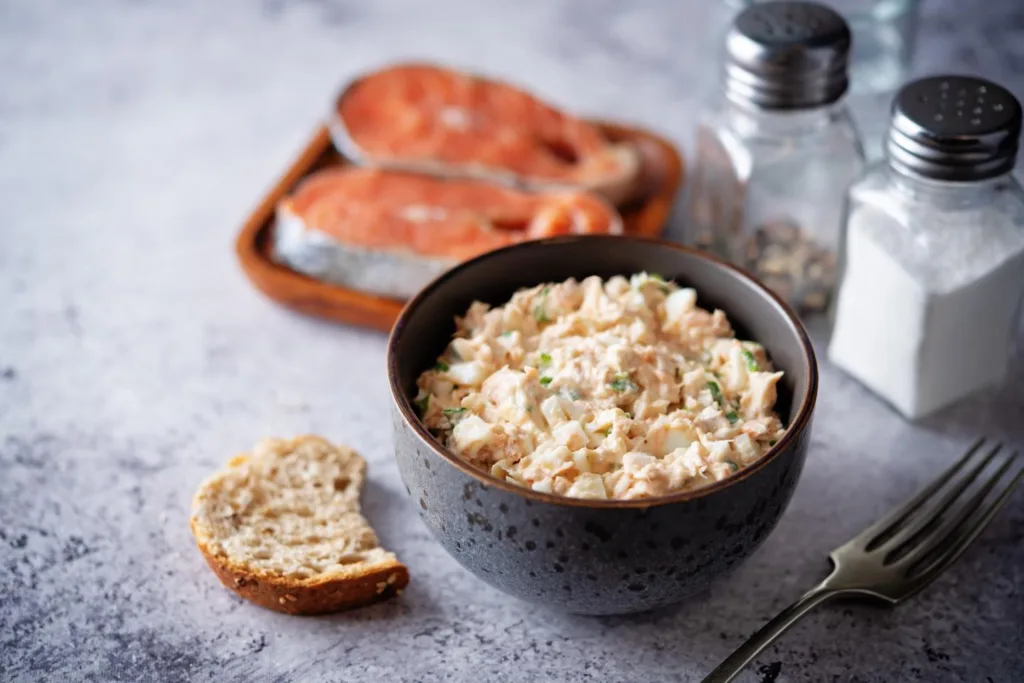
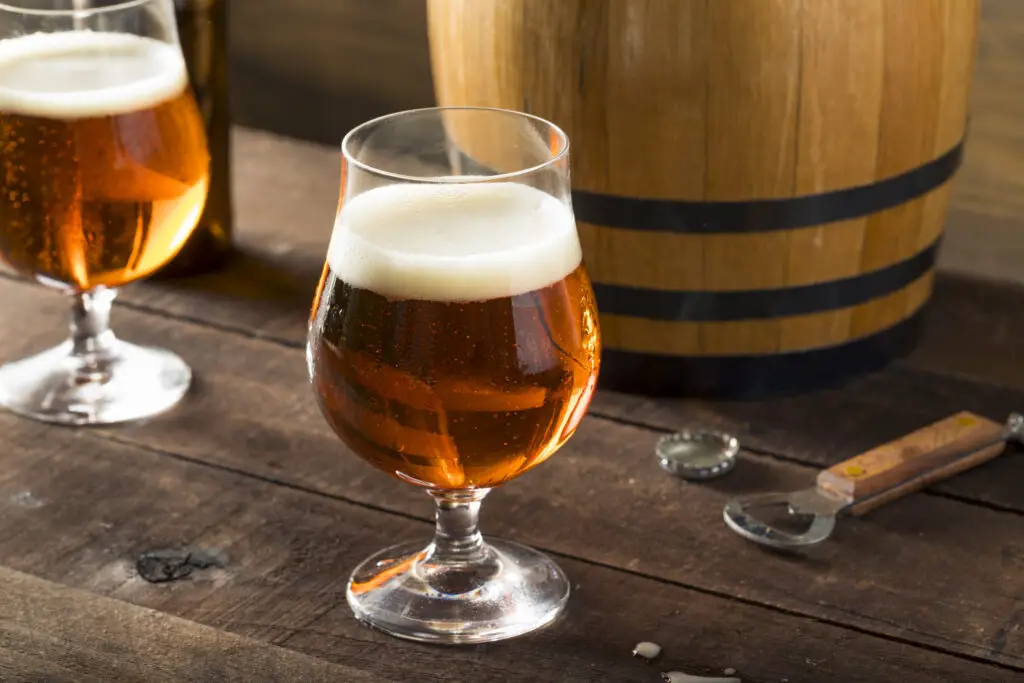
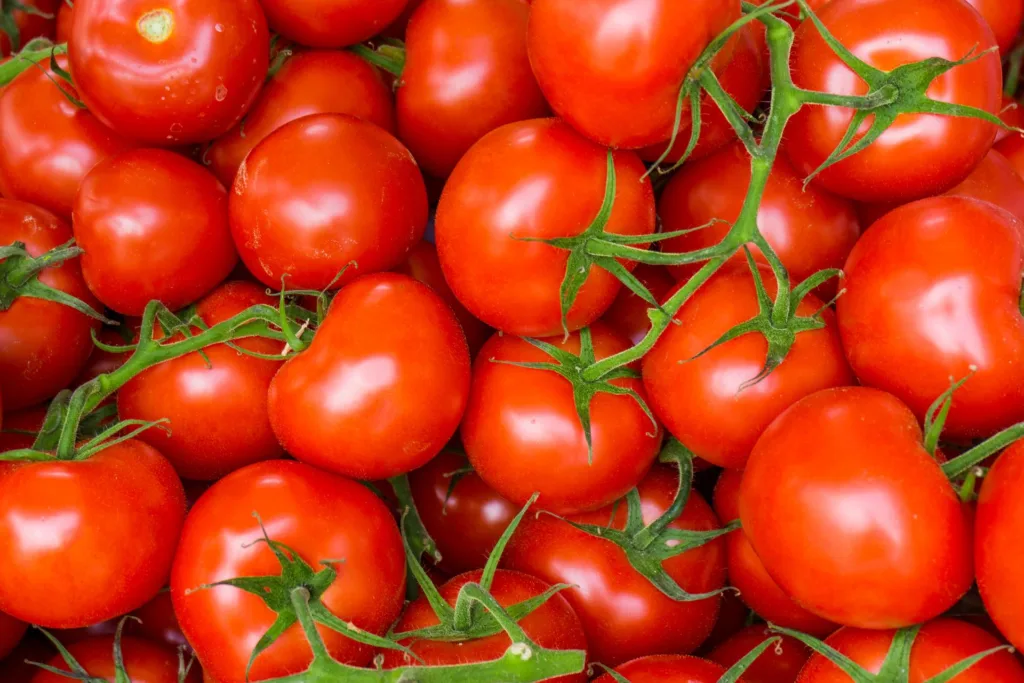
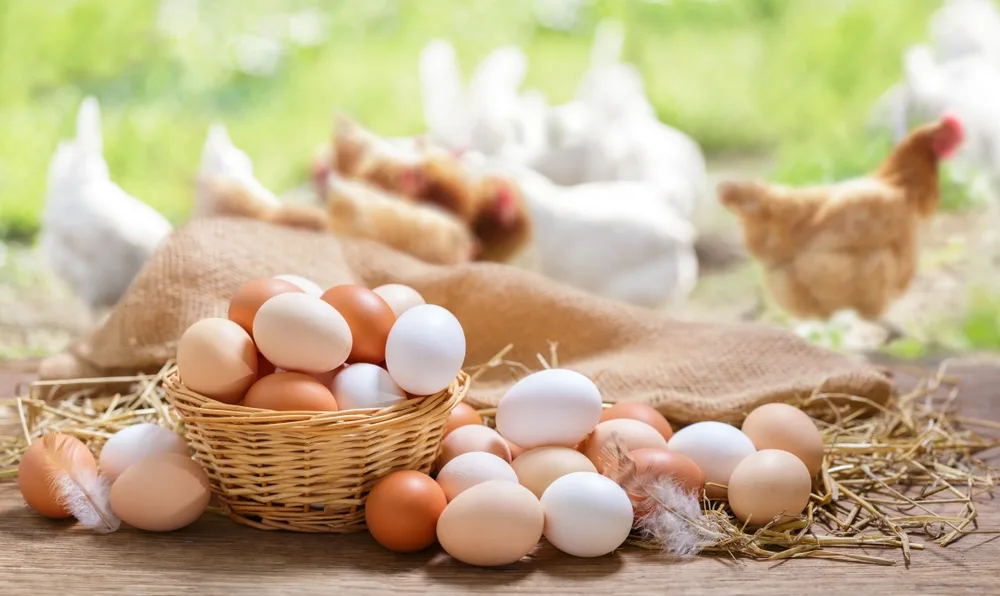



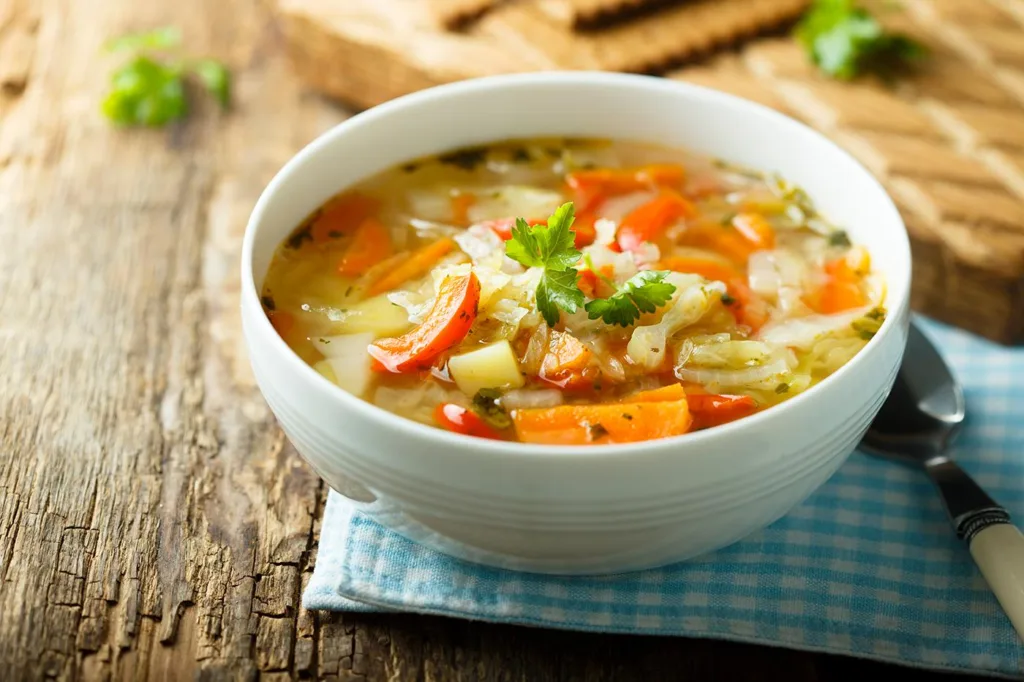



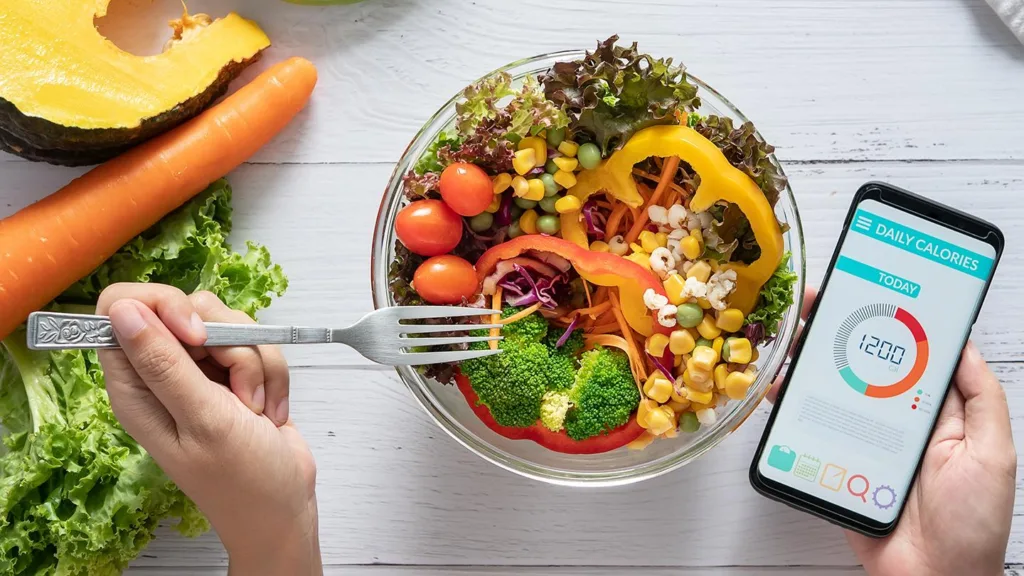
Comments
0